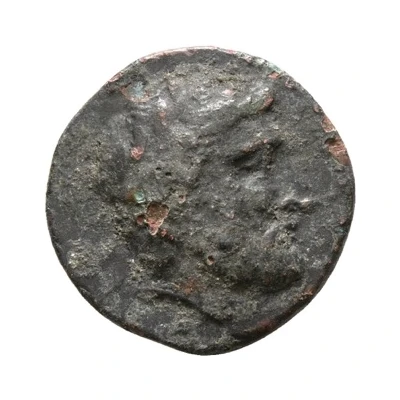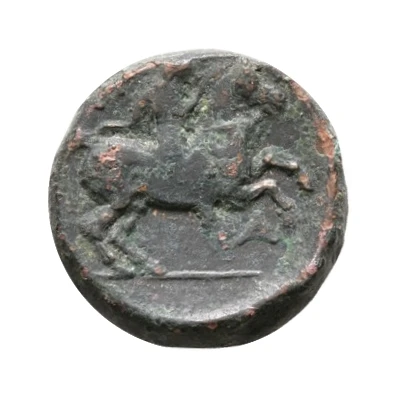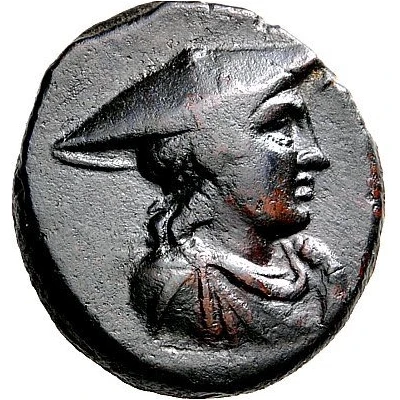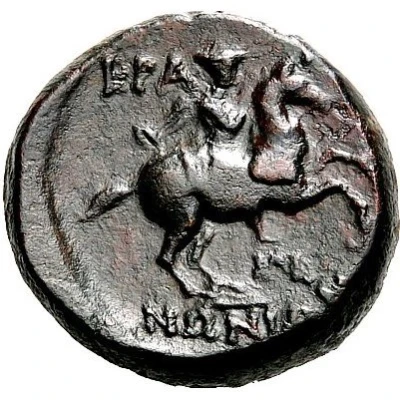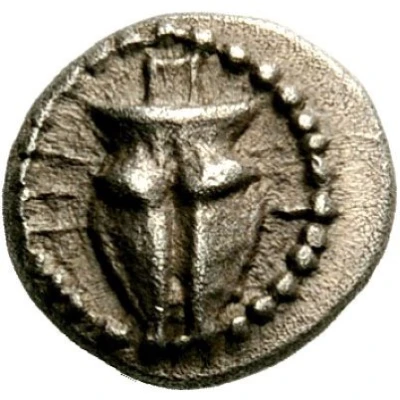
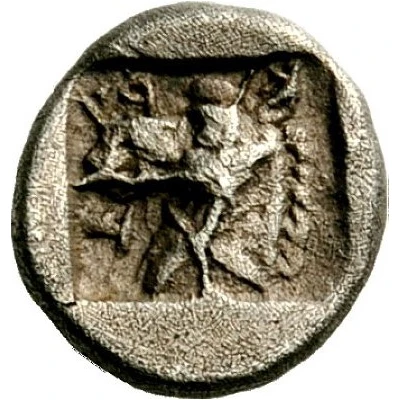

© Nomos AG
Hemiobol 479 BC - 465 BC
| Silver | 0.55 g | - |
| Issuer | Krannon (Thessaly) |
|---|---|
| Type | Standard circulation coin |
| Years | 479 BC - 465 BC |
| Value | Hemiobol (1⁄12) |
| Currency | Drachm |
| Composition | Silver |
| Weight | 0.55 g |
| Shape | Round (irregular) |
| Technique | Hammered, Incuse |
| Demonetized | Yes |
| Updated | 2024-10-10 |
| Numista | N#170770 |
|---|---|
| Rarity index | 100% |
Reverse
Head of bridled horse to left, all within incuse
Script: Greek
Lettering: ΚPΑ
Interesting fact
The Hemiobol coin from Krannon (Thessaly) was used as a form of currency in ancient Greece during the 5th century BC. Its name "Hemiobol" comes from the Greek words "hēmi-" meaning "half" and "bolos" meaning "throw", referring to the fact that it was worth half the value of a full drachma, which was the standard unit of currency at the time. Despite its small value, the Hemiobol was widely used in trade and commerce, and many examples have been found in archaeological excavations throughout the region.
